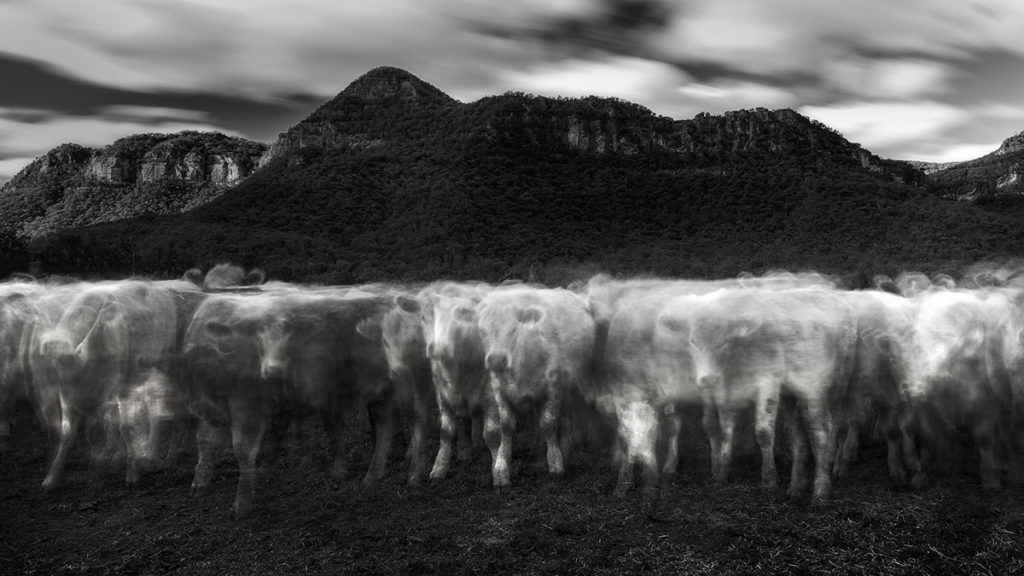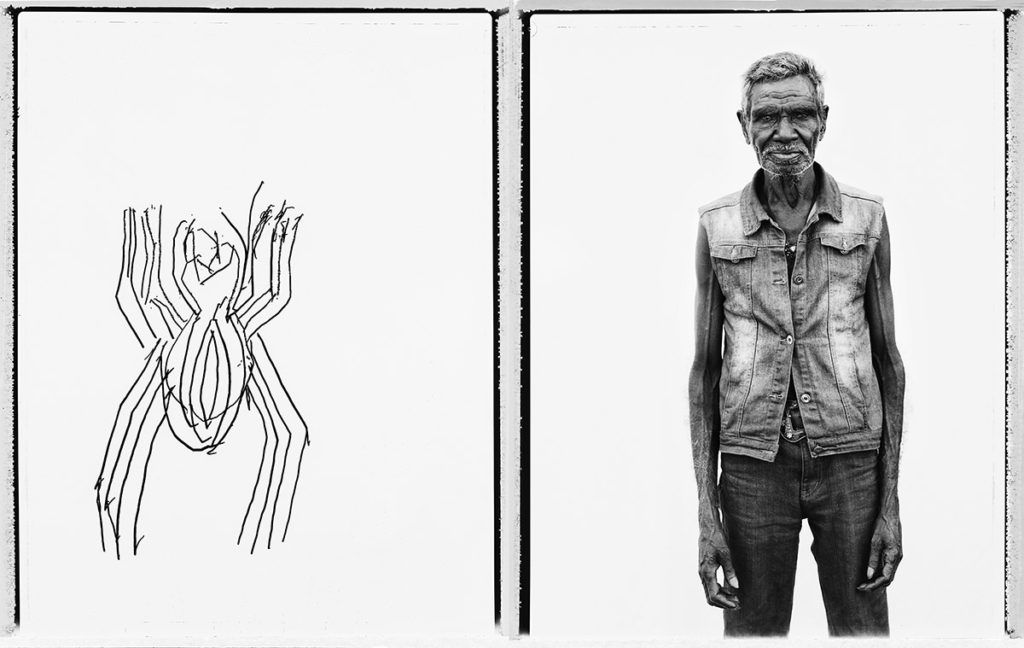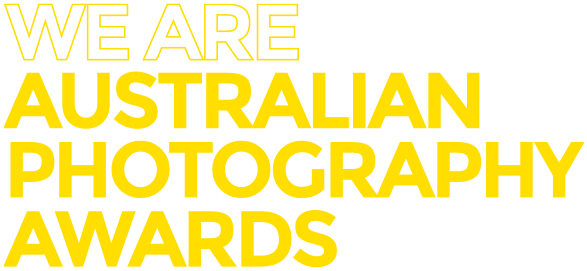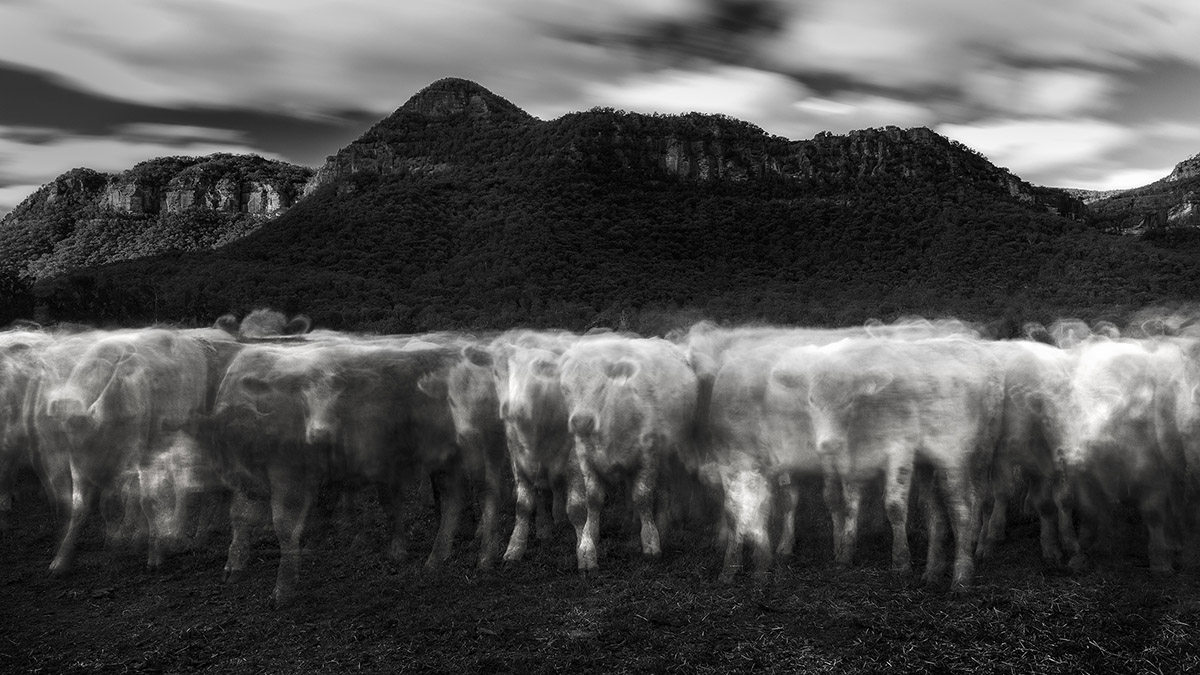Over the past two weeks we have been discussing the qualities that our judges look for when considering imagery in APA. Having discussed the meanings of ‘original’ and ‘honest’, our final chapter to this series is in regard to ‘thought-provoking’.
‘Thought-provoking’ as a statement, seems quite simple. Any image which causes the audience to stop and think inherently fits this criteria. How the image incites this reaction from an audience though, can be as varied as the response itself. When creating successful thought-provoking imagery, the challenge lies in getting the viewer to not only think about the work, but to inspire the viewer to think beyond the work. In this way, it can be helpful to think about a photograph not as an end product, but as a vessel for deeper considerations. A catalyst for thought.
When we think of thought-provoking imagery, the mind often jumps to documentary projects that shed light on an element of nature or society. These projects are often presented in a way where enticing an empathetic response is the goal of the work. An empathetic response though doesn’t inherently provoke thought, it provokes empathy.
Great thought-provoking work enables a response in the viewer that is less orchestrated, more open and can pose questions around the who, what, where and why of the image. This can be achieved by telling the bulk of a story while leaving the ending up to the viewer. Instead of telling the audience how they should think about a subject, it allows the audience to have their own experience. To allow the viewer to travel on a journey, enabling each individual’s response to be as unique as the life experiences that led up to their viewing of that work. This creates a personal connection with the imagery, as it elicits a personal response.
An image which was particularly successful in this was Ryan Ostrea’s winning Wildlife category image from APA 2018 titled ‘Herd of Cattle’.

This image, and its placement within its category, was relatively controversial. Many people had, and expressed, their opinion on this image with responses varying from ‘brilliant’ to ‘just a picture of cows’. Many proposed that it shouldn’t have placed well in a category for wildlife as the subject wasn’t ‘wild’ enough. This process continued to evolve as people began to try and define ‘wildlife’ in the comments.
The thing about controversy is that it is one of the great hallmarks of a successfully thought-provoking photograph. That isn’t to say that a non – controversial image cannot be thought-provoking, however, controversy is often an indicator that an image has indeed provoked thought.
The other key successor in this image is one of ambiguity. The cattle, almost ghostly and existing beyond the confines of the frame, leave the story for the audience to construct. The viewer is persuaded to come to their own conclusions about the intent, the messaging, the place and the circumstance. Are we deep in a paddock or are we peering over a fence? Is there a connection between the photographer and the subject or is this a chance encounter? Is the artist trying to say something about the ways in which we categorise animals as ‘wild’?
The image asks more questions than it answers.
As a disclaimer, not all images should ask more questions than they answer, and not all that do would be considered thought-provoking. It is a specific combination of ingredients where ambiguity and storytelling combine to create an open-ended narrative. One that leaves the audience engaged enough to want to finish it themselves, to fill in the blanks. This can also be a recipe for controversy, as you can’t control what the audience fills these blanks in with.
There are of course other ways to create greatly successful thought-provoking imagery. Tobias Titz, who placed 2nd in APA 2017 Portrait category for his image ‘Bobby Bunungurr’ has had a long and successful career of creating unique imagery that speaks to a specific issue. In this image, as is very common in Tobias’ work, both artists Bobby and Tobias have created a shared piece of work whereby Bobby (the man pictured right) has etched his totem into the wet emulsion of a large format polaroid negative. This exchange between artists is a method of creating that Tobias has been practicing for years and is a perfect example of telling a story that makes viewers think beyond the image.

As a photographer (and a bit of a film nerd), when I first viewed Tobias’ image, my first question was one of process. How and why is there a drawing placed next to this engaging portrait? This directed my attention towards studying the image and reading the caption in order to find the answer. By the time I understood the how, I was already deep into reading the why. This shared exchange then led to me considering the concept of ownership within art, which then made me consider the project which is centred around the 1967 referendum to amend the Australian constitution and legally recognise Indigenous Australians as equal Australians.
This is the journey that I was sent on by wondering how and why there seemed to be a drawing scratched into a negative next to a portrait. The artist didn’t force me to understand the image, he gave me a reason to look. This is what we mean when we talk about thinking beyond the image.
The reason we talk about ‘original’, ‘honest’ and ‘thought-provoking’ as something of a trifecta for great photography is because when we as artists create successful, meaningful work, it often exhibits these three characteristics. This is art and there are no rules, but if we as artists can inject our work with personal perspective, stay open to vulnerability and respect our audience enough to allow them to come to their own conclusions, then this is a recipe for not only creating great work but creating work relevant and true to ourselves.



